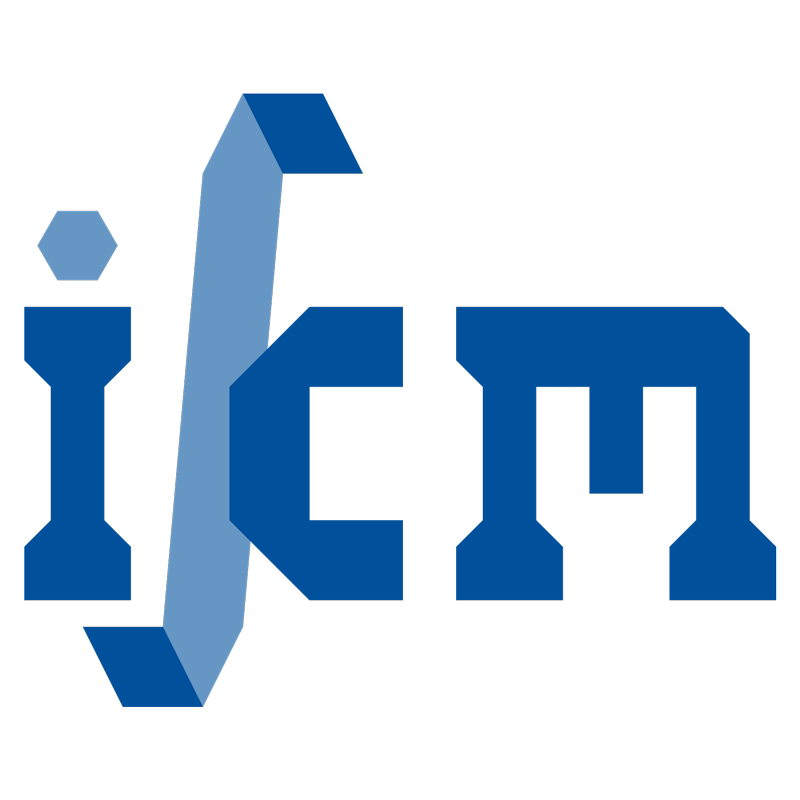A computational model for interfacial damage through microstructural cohesive zone relaxation
- verfasst von
- Tarek I. Zohdi, Peter Wriggers
- Abstract
A model introducing cohesive zones around material interfaces to simulate interfacial damage in microheterogeneous materials is developed. The material behavior within the cohesive zones is unknown a-priori, and is weakened, or "relaxed", on the continuum level from an initially undamaged state, by a reduction of the spatially variable elasticity tensor's eigenvalues. This reduction is initiated if constraints placed on the microstress fields, for example critical levels of pressure or deviatoric stresses, are violated. Outside of the cohesive zones the material is unaltered. Numerical computations are performed, employing the finite element method, to illustrate the approach in three dimensional applications. Figure 1: An example of ductile iron consisting of embedded graphite nodules (spherulites) encased in envelopes of free ferrite in a matrix of pearlite, magnified 100 × (Metals Handbook (1978)). Qualitatively observed overall response of materials undergoing interfacial damage.
- Organisationseinheit(en)
-
Institut für Baumechanik und Numerische Mechanik
- Typ
- Artikel
- Journal
- International journal of fracture
- Band
- 101
- Seiten
- 9-14
- ISSN
- 0376-9429
- Publikationsdatum
- 02.2000
- Publikationsstatus
- Veröffentlicht
- Peer-reviewed
- Ja
- ASJC Scopus Sachgebiete
- Numerische Mechanik, Modellierung und Simulation, Werkstoffmechanik
- Elektronische Version(en)
-
https://doi.org/10.1023/A:1007637128498 (Zugang:
Unbekannt)


